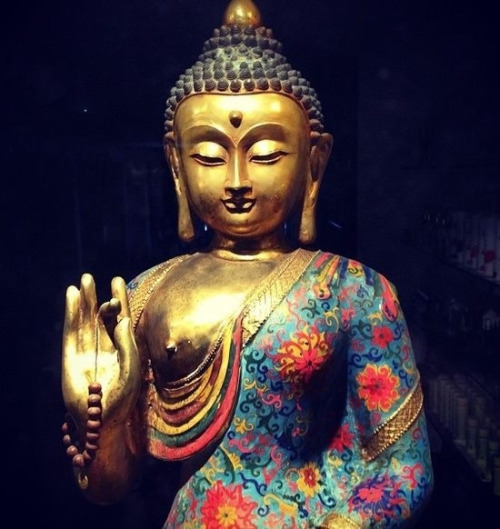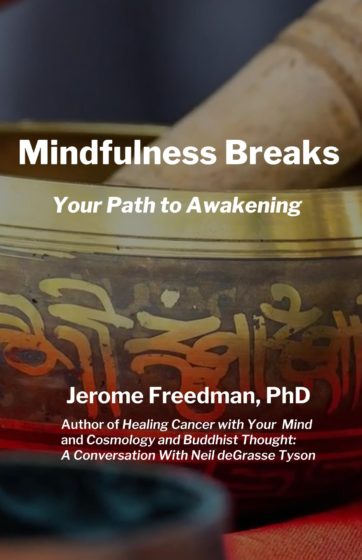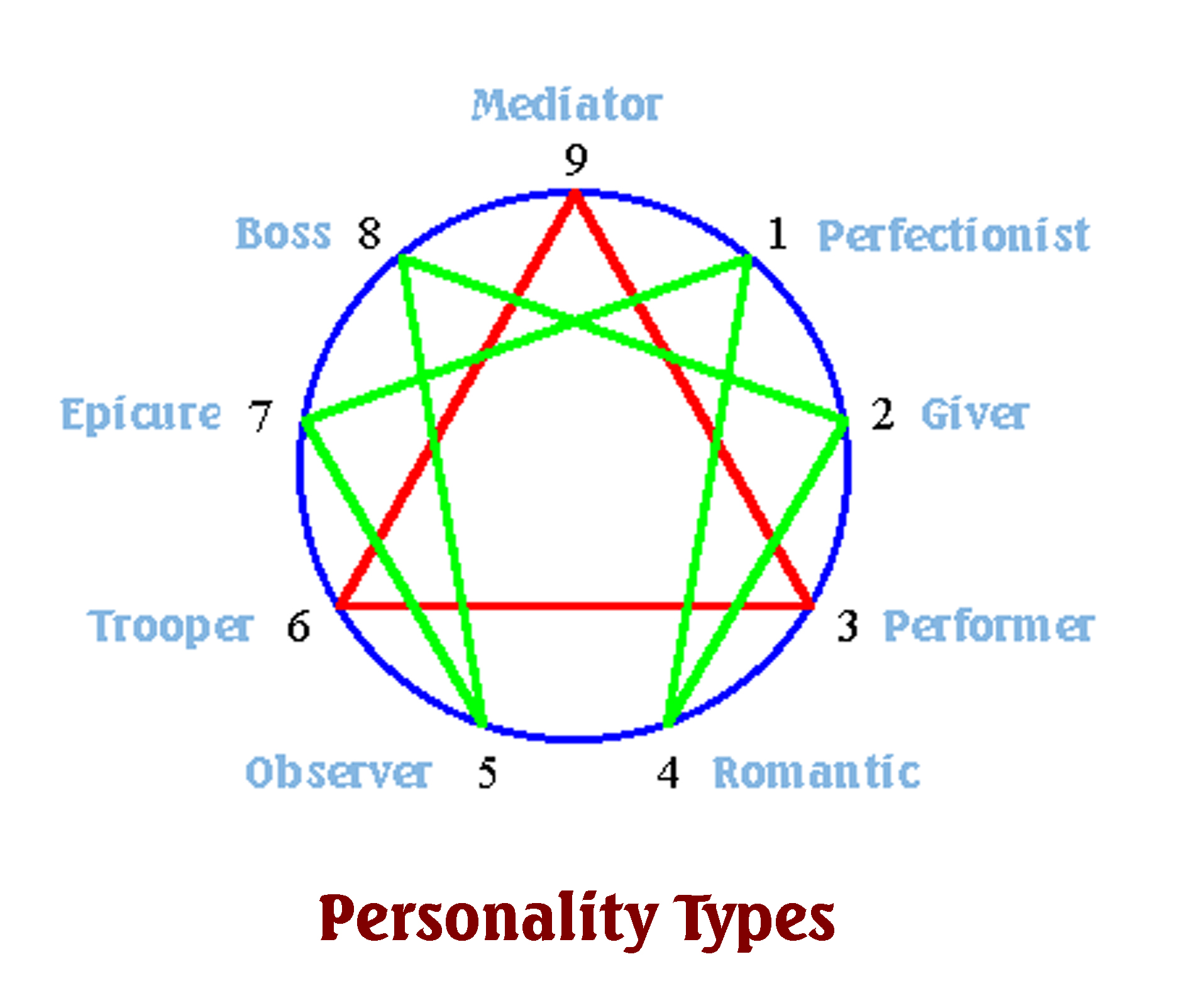The Buddha’s original teaching on non-self is based on the five aggregates, skandas, of form, feelings, perceptions, mental formations and consciousness. He claims that form in not self, feelings are not self, perceptions are not self, mental formations are not self and consciousness is not self because they are impermanent and they cannot stand by themselves. They are always changing.

Zen Master Thich Nhat Hanh teaches that non-self, anatta goes together impermanence, anicha and emptiness, shunyata. He argues that nothing exists all by itself, alone. All conditioned things, i. e., things that are impermanent (anicha), depend on other conditioned things. For example, a flower is made up of only non-flower elements like the soil, the nutrients, the insects which fertilize it, the rain and many other conditioned things. This is where shunyata come in to play. Shunyata or emptiness implies that all conditioned things are therefore empty of a separate existence and inter-are with everything else. So in a human being or a flower or anything else is empty of a separate existence.
Please visit this link for a Special Offer on Guided Meditations and eBooks. For example, you can now download the eBook version of Mindfulness Breaks: Your Path to Awakening:








You must be logged in to post a comment.